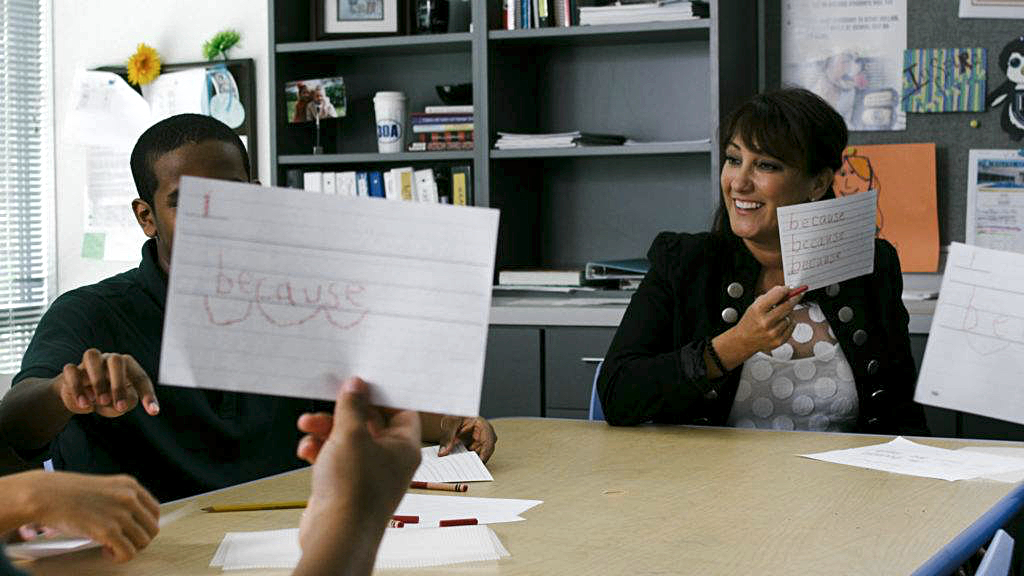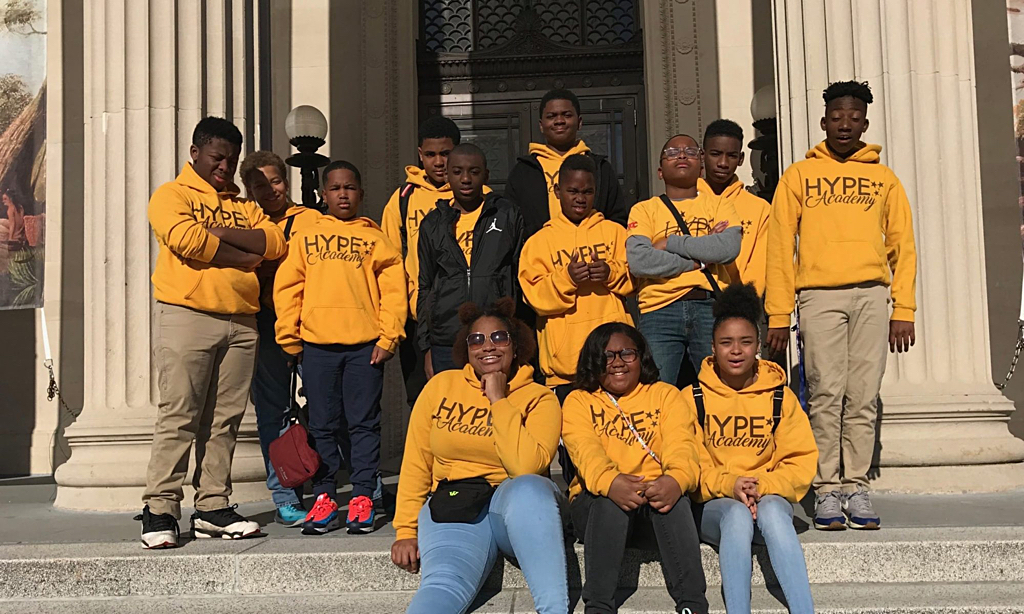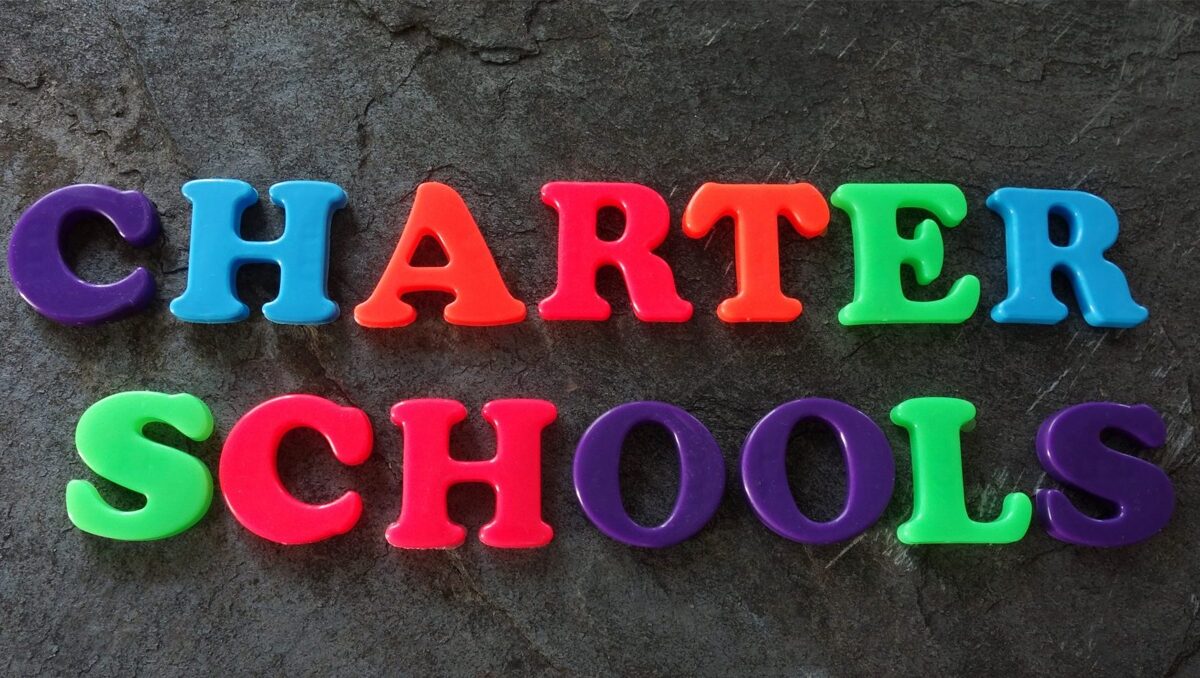
Empowering Students Through Open Educational Resources (OER)
Open Educational Resources (OER) have become increasingly important for advancing educational fairness and improving learning opportunities in a time when the expense of education is still rising.
Defined as teaching, learning, and freely available, licenced for reuse research resources, OER have great advantages in terms of affordability, accessibility, and academic freedom, thereby democratizing education.
The Impact of OER on Student Learning
Studies repeatedly reveal that OER can improve results of student learning. Students utilizing OER scored noticeably better on tests than those using standard textbooks, according a University of Georgia study. This was ascribed to the easier access to materials and the capacity for regular content updates, therefore assuring that students interact with current knowledge.
Prominent advocate for OER Dr. David Wiley notes that “when students have access to high-quality learning materials without the financial burden of traditional textbooks, they can focus more on mastering the content rather than worrying about costs.” Many teachers who have personally seen how well OER increases student engagement and retention reflect this attitude.
Affordability: A Critical Factor
Many students find a great obstacle in the financial weight of higher education. The College Board reports that, far above inflation, the average cost of college textbooks has risen by more than 1,000% since the 1970s. OER presents a workable option that greatly lowers or perhaps removes textbook expenses.
Colleges that embraced OER experienced an average drop of $100 per student every course, according a study by the Student Public Interest Research Groups (PIRGs). After using OER across several campuses, the California State University system claimed savings of around $7 million for students in California.
One such instance is the 2016 introduction of the “Open Education Initiative” by the University of Massachusetts Amherst. approximately one academic year, the institution saved students approximately $700,000 by using OER in eighteen courses. Apart from the financial gains, the project resulted in better course evaluations, therefore stressing the favorable relationship between OER use and student satisfaction.
Academic Freedom and Flexibility
OER advances academic freedom in addition to affordability. Resources can be adapted, changed, and remixed by faculty members to match their curriculum requirements and teaching approach. This adaptability lets teachers design more individualized learning environments that meet the various needs of their students.
Educational technologist Dr. Lisa Carr contends that “OER helps teachers to build a cooperative culture. It helps them to distribute resources and best practices, hence improving student learning. Higher education depends on this cooperative attitude since different teaching strategies can greatly affect student performance.”
Teachers at Tidewater Community College started OER in English and mathematics among other fields. This change let professors design a more interesting classroom and personalize resources. Among students using OER, the outcome was a 16% rise in course completion rates relative to those using traditional textbooks.
Key OER Benefits: An Overview
Here is a quick outline of the main advantages Open Educational Resources provide to institutions, teachers, and students to help to show their influence:
- Savings on Cost: lowers or does away with textbook expenses, so making education more reasonably priced for pupils. Studies find, for instance, that students adopting OER save an average of $100 per course.
- Increased Access: gives every student, regardless of their financial background, equal access to excellent instructional resources.
- Flexibility in Learning: Particularly helpful for non-traditional students, lets students learn at their own speed and access information anywhere and at any time.
- Content Customisation: helps teachers to change and adapt tools to fit the particular requirements of their courses and students, therefore promoting a more customized learning environment.
- Promotion of cooperative learning: Encourages a community of teachers who exchange ideas, tools, and instructional approaches, therefore improving professional growth and creativity.
- Better Learning Results: Studies show that students who use OER typically get better grades, partly because of higher involvement and pleasure with the learning resources.
- Support of several learning approaches: provides a range of forms (text, video, interactive components) to suit different learning styles, therefore improving general understanding and memory.
- Compliance with Open Educational Strategies: supports an open culture in education in line with more general trends stressing accessibility and inclusiveness in the classroom.
Improved Prospective Research: gives teachers and scholars access to a rich collection of resources fit for use in additional research and application of fresh teaching approaches. - Global Collaboration: Cooperation Promotes worldwide knowledge and resource exchange by means of international institutions’ cooperative efforts and collaborations.
Future Outlook: OER’s Increasing Relevance
The value of Open Educational Resources will only keep rising as we gaze ahead. More colleges are probably going to use OER as a common practice given the growing focus on digital learning and the demand for reasonably priced instructional solutions.
Trends to Watch:
- Policymakers starting to see the advantages of OER are sponsoring projects meant to encourage their use.
- Technological Advancements: Innovations in technology, such artificial intelligence and adaptive learning platforms, are probably going to improve the development and accessibility of OER, thereby facilitating teachers’ ability to include these materials into their courses.
- Rising worldwide educational networks will help to share OER across borders, therefore enhancing the educational scene.
Addressing Challenges and Future Directions
OER has great advantages, yet problems still exist. For teachers to successfully include OER into their courses, awareness and training are absolutely vital. Many teachers might not know where to find excellent OER or could be reluctant to modify their current lesson plans.
Although 57% of faculty members are aware of OER, only 22% have actually included them into their lessons, according a Babson Survey Research Group poll. This emphasizes the need of further professional growth and institutional assistance to help OER acceptance.
Addressing important concerns of affordability, accessibility, and academic freedom, Open Educational Resources offer a transforming method of learning. Institutions can improve learning results and generate a more fair educational environment by arming students with free, high-quality learning resources. More colleges and institutions adopting OER clearly shows the possibility for good change in higher education. OER is leading the way in the path toward a more inclusive learning environment since it provides hope for teachers and students both.
Dr. Wiley says, “The future of education should be open.” Stakeholders should keep pushing for OER as we go forward so that every student has the chance to flourish free from the weight of too high expenses.




















